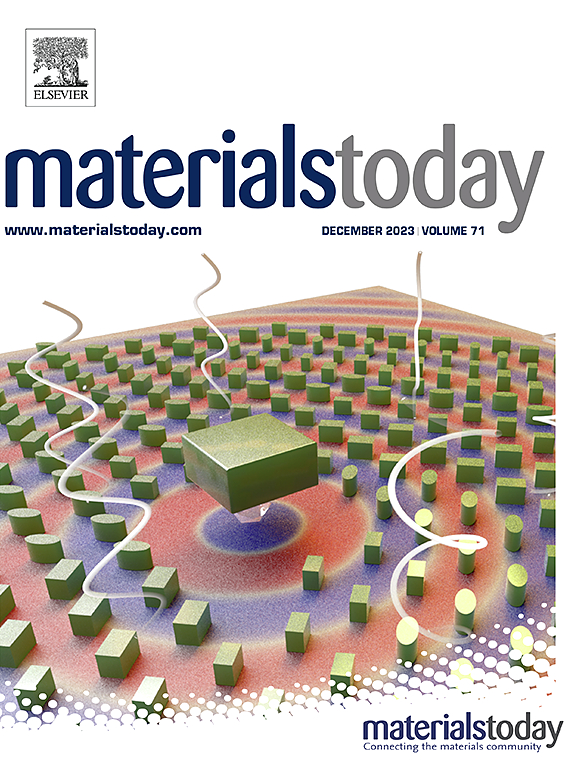Electrocatalytic seawater splitting from direct electrolysis to hybrid electrolysis: Challenges and opportunities
IF 21.1
1区 材料科学
Q1 MATERIALS SCIENCE, MULTIDISCIPLINARY
引用次数: 0
Abstract
The electrochemical splitting of seawater for hydrogen production presents a promising avenue toward sustainable energy goals; nevertheless, its realization confronts formidable challenges, including adversarial chlorine-related processes, sluggish kinetics, limited catalyst durability, and the interference of impurities and precipitates. This comprehensive review commences with an overview of recent noteworthy advancements and rational strategies in catalyst design specifically tailored for seawater electrolysis. Addressing the unique challenges at the anode and cathode during direct seawater electrolysis, we delve into pioneering methodologies for fabricating efficacious anodic and cathodic catalysts. These approaches encompass catalyst design principles, selective active sites, and the implementation of Cl− blocking layers. Furthermore, a detailed exploration of substitutional anodic oxidation reactions involving various small molecules, coupled with cathodic hydrogen evolution, is provided as a means to achieve hybrid seawater electrolysis. This dual-functional approach ensures not only secure and energy-efficient seawater splitting but also paves the way for the simultaneous generation of value-added chemicals and the amelioration of environmental contaminants. Additionally, advanced reactor assembly concepts tailored for seawater electrolysis are introduced to enhance overall system efficiency. In conclusion, we offer distinctive insights poised to guide future research endeavors in the domain of seawater electrolysis systems.
电催化海水分解从直接电解到混合电解:挑战与机遇
电化学分解海水制氢为实现可持续能源目标提供了一条有希望的途径;然而,它的实现面临着巨大的挑战,包括与氯相关的敌对过程、缓慢的动力学、有限的催化剂耐久性以及杂质和沉淀物的干扰。这篇全面的综述首先概述了最近值得注意的进展和专门为海水电解设计的催化剂的合理策略。为了解决海水直接电解过程中阳极和阴极的独特挑战,我们深入研究了制造高效阳极和阴极催化剂的前沿方法。这些方法包括催化剂设计原则,选择性活性位点,以及Cl -阻断层的实现。此外,详细探索了涉及各种小分子的替代阳极氧化反应,加上阴极析氢,作为实现混合海水电解的手段。这种双重功能的方法不仅确保了安全和节能的海水分解,而且为同时产生增值化学品和改善环境污染物铺平了道路。此外,引进了为海水电解量身定制的先进反应堆组件概念,以提高整体系统效率。总之,我们提供了独特的见解,准备指导未来在海水电解系统领域的研究工作。
本文章由计算机程序翻译,如有差异,请以英文原文为准。
求助全文
约1分钟内获得全文
求助全文
来源期刊

Materials Today
工程技术-材料科学:综合
CiteScore
36.30
自引率
1.20%
发文量
237
审稿时长
23 days
期刊介绍:
Materials Today is the leading journal in the Materials Today family, focusing on the latest and most impactful work in the materials science community. With a reputation for excellence in news and reviews, the journal has now expanded its coverage to include original research and aims to be at the forefront of the field.
We welcome comprehensive articles, short communications, and review articles from established leaders in the rapidly evolving fields of materials science and related disciplines. We strive to provide authors with rigorous peer review, fast publication, and maximum exposure for their work. While we only accept the most significant manuscripts, our speedy evaluation process ensures that there are no unnecessary publication delays.
 求助内容:
求助内容: 应助结果提醒方式:
应助结果提醒方式:


